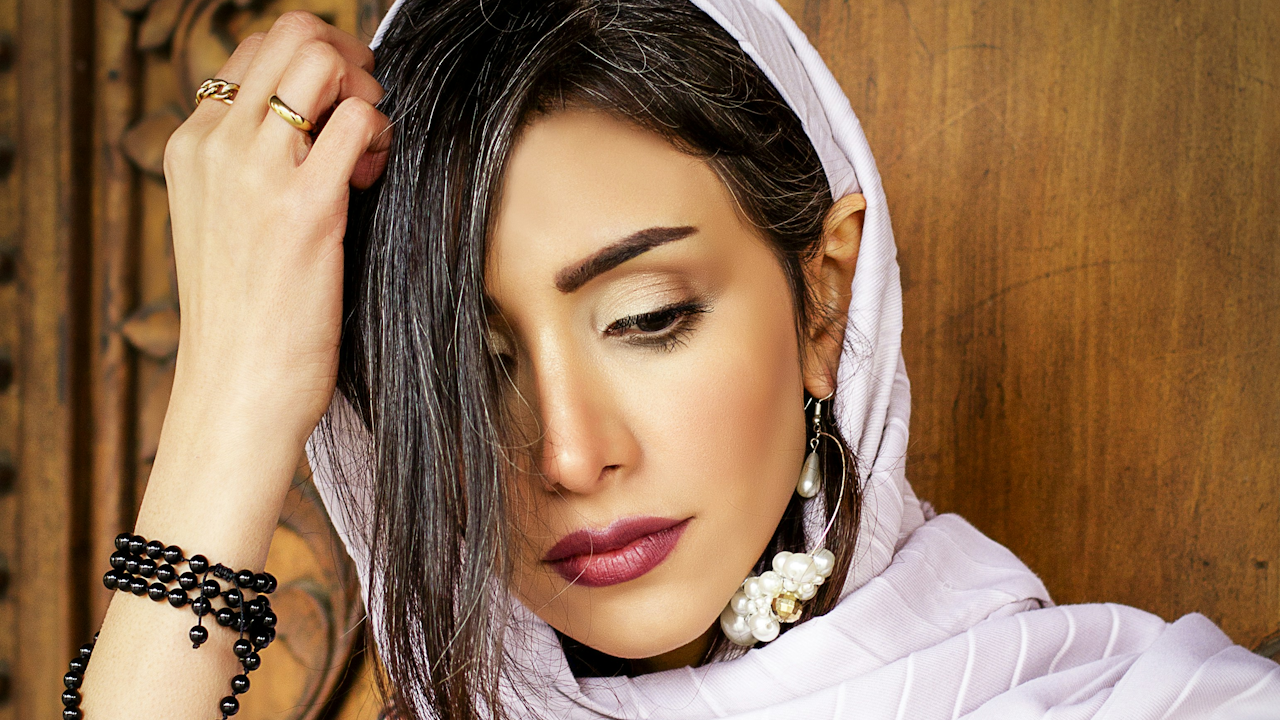In the evolving landscape of global fashion, a wave of empowered, stylish, and trailblazing women is reshaping the industry: hijabi fashionistas. These women, who choose to wear the hijab as part of their religious and cultural identity, are boldly stepping into the limelight, challenging stereotypes, and redefining what it means to be fashionable while modest. No longer confined to limited or uninspired wardrobe choices, hijabi fashionistas are influencing mainstream fashion, building brands, starring in global campaigns, and proving that modesty and style are not mutually exclusive.
Historically, mainstream fashion largely overlooked Muslim women who wear the hijab, often perceiving modest fashion as niche or incompatible with modern style trends. However, the rise of social media and global connectivity has dramatically changed the narrative. Platforms like Instagram, YouTube, and TikTok have allowed hijabi influencers to showcase their personal styles, connect with audiences worldwide, and build communities that celebrate faith, fashion, and identity.
One of the most recognizable figures in the hijabi fashion movement is Halima Aden. Born in a Kenyan refugee camp and raised in the United States, Halima broke significant barriers by becoming the first hijab-wearing model to sign with a major modeling agency and walk international runways. Her presence in Sports Illustrated’s Swimsuit Issue (wearing a burkini and hijab) marked a milestone in representation, challenging the industry’s narrow definitions of beauty and normalizing modest fashion in high-profile spaces. Although she eventually stepped back from the fashion industry to prioritize her faith, her legacy remains powerful: she proved that hijab-wearing women could thrive at the highest levels of fashion without compromising their beliefs.
The influence of hijabi fashionistas extends far beyond modeling. Designers like Hana Tajima, a British-Japanese Muslim, have partnered with global brands like Uniqlo to create modest fashion lines that are elegant, affordable, and accessible to a wide range of consumers. Tajima’s collections are minimal yet expressive, offering alternatives for women who seek both comfort and style. Meanwhile, entrepreneurs like Melanie Elturk, founder of Haute Hijab, are leading successful modest fashion businesses that combine design with advocacy. Haute Hijab is not only a thriving fashion label but also a platform for community building and social change, addressing issues like hijab bans and Islamophobia through storytelling and campaigns.
Social media has been a major catalyst for the hijabi fashion revolution. Influencers like Dina Tokio (UK), Ascia Al Faraj (Kuwait), and Leena Asad (USA) have cultivated massive followings by sharing their daily lives, modest outfits, and personal journeys. These women use their platforms to debunk misconceptions, offer style inspiration, and demonstrate that fashion can be a means of empowerment rather than a form of restriction. Their content often blends contemporary trends with cultural heritage, creating looks that resonate across diverse audiences.
This shift has not gone unnoticed by global fashion powerhouses. Major brands such as Nike, H&M, and Dolce & Gabbana have introduced hijab-inclusive products and campaigns. Nike’s Pro Hijab, launched in 2017, was a significant step in recognizing the needs of Muslim athletes and making sportswear more inclusive. Similarly, H&M featured hijabi models in advertising campaigns as early as 2015, signaling a broader embrace of diversity in marketing.
Beyond individual success stories, the hijabi fashion movement is part of a larger modest fashion industry that is growing rapidly. According to a 2023 report by DinarStandard and Salaam Gateway, Muslim consumer spending on modest fashion reached over $300 billion globally, with projections to continue rising. This economic power is prompting brands to rethink their strategies and cater to a broader range of cultural and religious identities.
Importantly, hijabi fashionistas are not just passive participants in this industry—they are leaders and change-makers. They are rewriting rules, starting conversations, and creating spaces where young Muslim women can see themselves reflected and celebrated. In doing so, they are fostering a more inclusive fashion landscape where modesty is not a limitation but a creative expression.
Yet, challenges remain. Hijabi women in fashion often face tokenization, pressure to conform to Western beauty ideals, and the burden of representation. There’s also a risk of the commodification of hijab, where the religious significance is overshadowed by its aesthetic appeal. Balancing authenticity with visibility requires continuous negotiation, and many hijabi influencers are navigating these complexities with remarkable grace and resilience.
Ultimately, hijabi fashionistas are redefining global fashion by showing that personal style can coexist with faith and values. Their influence stretches from high fashion runways to grassroots style movements, from local boutiques to international campaigns. By embracing their identities and sharing their voices, they are not just changing fashion—they are transforming cultural narratives and inspiring a new generation of women to lead with confidence, creativity, and conviction.

